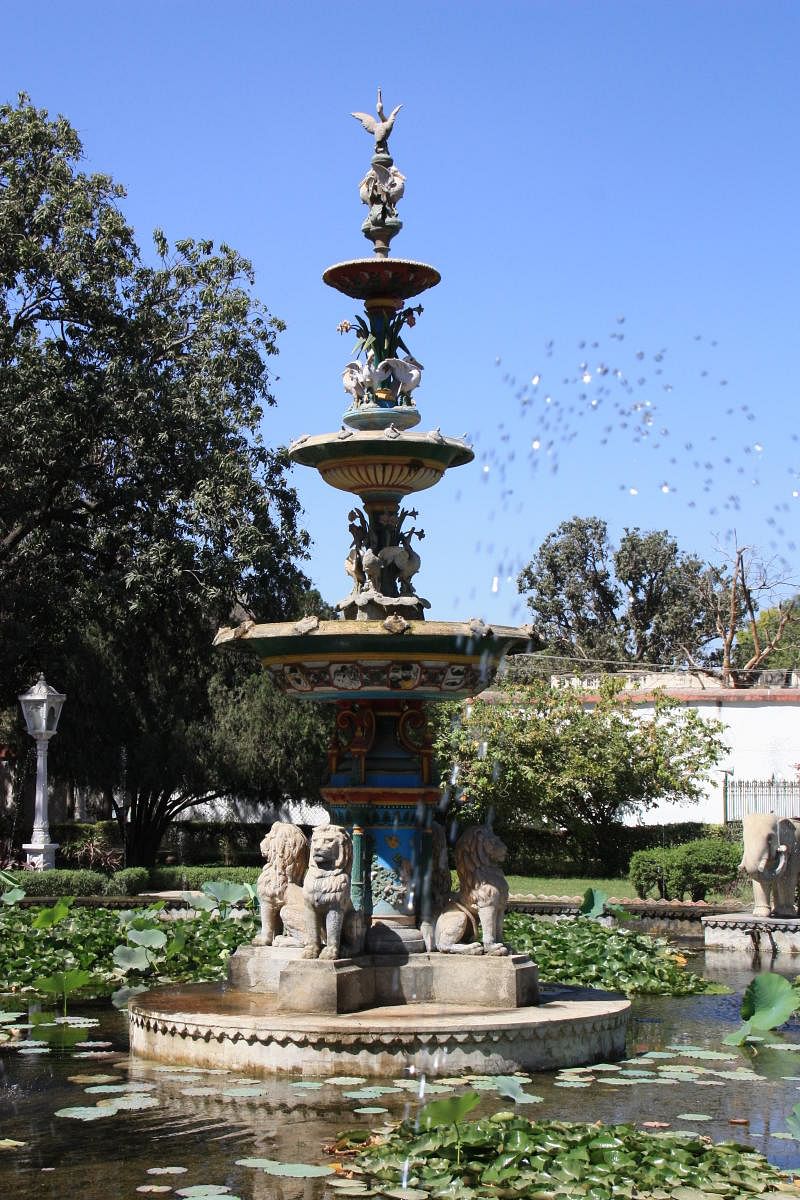

One imagines the Rajput queens and princesses as strikingly gorgeous, bejewelled women with their heads and faces covered in a gunghat thanks to the numerous legends and the Bollywood films based on this. In addition, we have a collection of qualities associated with this image in our memories. The royal ladies were skilled swordswomen as well as superb dancers. Yet, when visiting Rajasthan, tourists may also see the fire pit where the brutally brave women flung themselves into and self-immolated, putting their honour above their lives.
A testament to the fact that Rajput women lived in a metaphorical “golden cage” is the iconic Hawa Mahal, which has 953 tiny windows with elaborate latticework decorations through which the royal women could peer and observe the outside world. Despite the grandeur attached to women, the lives of queens and princesses were likely bleak and nothing to be envied. Visitors get a taste of the life of refinement and luxury that the brave kings and lovely queens led during the times of peace when they stop at the secluded courtyard of the maidens in Udaipur.
There is a love story behind how the garden was created. What else could a monarch give a newlywed whose adoring father had already filled her dowry with every amenity imaginable, including 48 maidens to serve and keep her company? The wise monarch understood that giving his new bride a place to relax and have fun with her friends was the best gift he could give her. Then he created and ordered a fairytale garden for the royal ladies’ exclusive enjoyment! Between 1710 and 1734, Maharana Sangram Singh II constructed Saheliyon ki Bari on the shores of Fateh Sagar Lake for his loving queen to unwind with her companions and escape the political intrigues of the court! Although his offspring significantly expanded the garden over time, the garden’s primary purpose as a garden of maids remained the same. For a nominal ticketing fee, regular folks can now enjoy this attractively constructed green space! It is encouraging to see that the area is tidy and litter-free despite the high volume of visitors. Perhaps the atmosphere is so opulent that the guests are intimidated into being orderly!
The garden’s main focus and source of life is water. The garden is claimed to have a total of 2,000 fountains connected by ducts. Water is the vitality and major emphasis of the garden. Previously, the waters of Fateh Sagar Lake supplied the fountains by gravity. Water is now pumped in. A network of various kinds of water ducts that crisscross beneath the surface draws water from many reservoir ponds. There are five different types of fountains in the landscape. Visitors are welcomed by the miniature Swagat fountains that flank the entrance pathway on either side. The vibrant tour guide in fact exuded majesty while welcoming guests. He stepped a short distance in front of the group and loudly clapped his hands as if to announce the arrival of the VIPs. When we walked in, we were amazed by how the row of fountains turned on at once and started spraying water all around! At the tail end of the tour we were introduced to the valve-man, whose job it was to open and close the flow on cue. This is a practice that prevailed back then and continues even today. Among the two most well-known sets of fountains here are the ones at Savan Bhado and Bin Badal Barsaat. The fountains were created to provide the impression that you are listening to the rain over different seasons. All of these fountains, as well as the numerous exquisite marble sculptures of elephants, lions, and water-spouting birds, were imported from England. The kamal talai, also known as the lotus pond, is a sizeable body of water home to a lotus plantation. A sizeable reservoir next to the entrance functioned as the ladies’ bathhouse and swimming pool. A lavish white marble canopy with water spraying from the dome’s rim sits in the centre of the structure. There are four black marble canopies at each of the corners. These tiny carved birds have beaks that shoot water when the valve is opened. The maidens were said to dance in the fake rain while the queen sat in the centre canopy and watched.